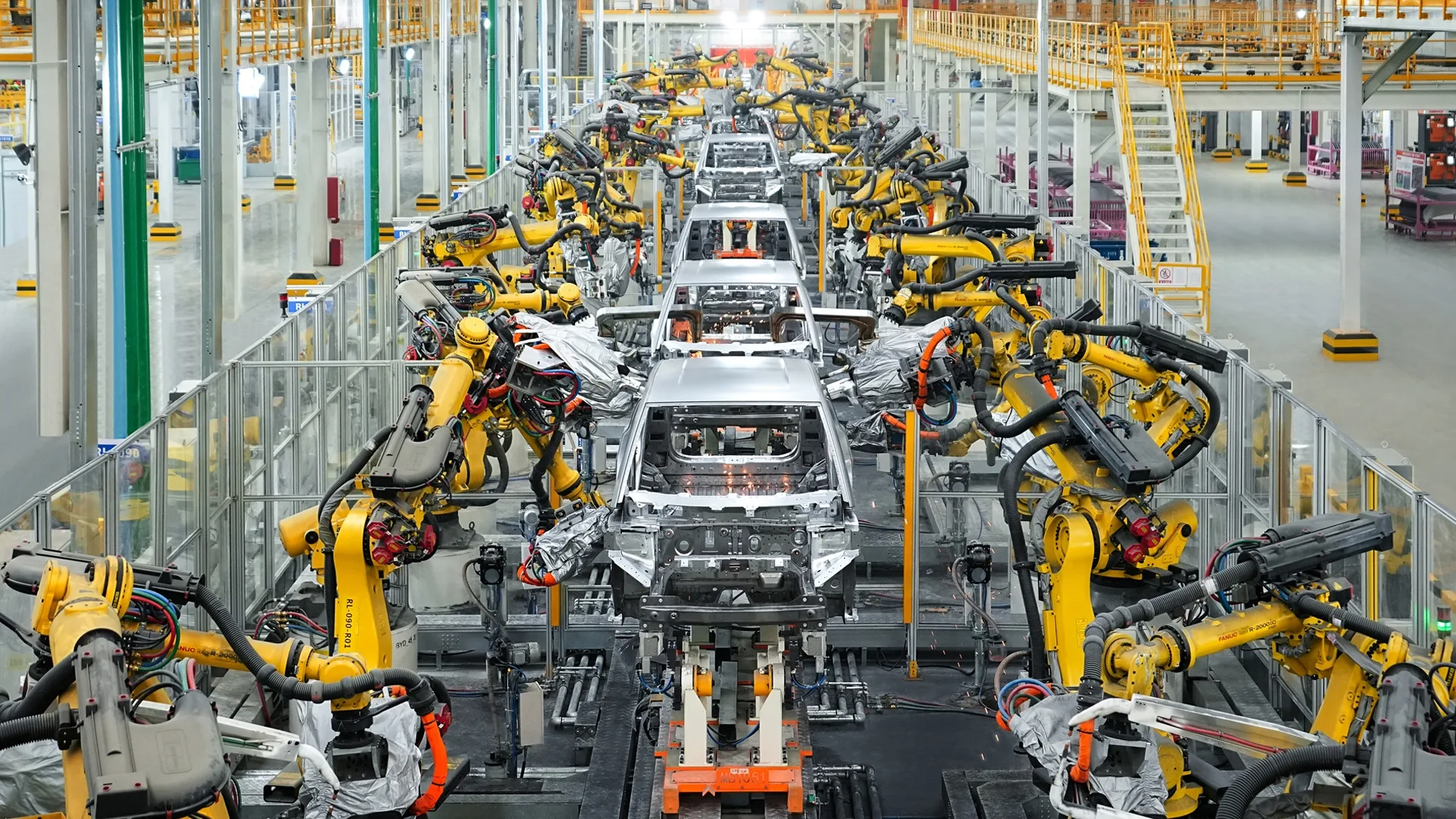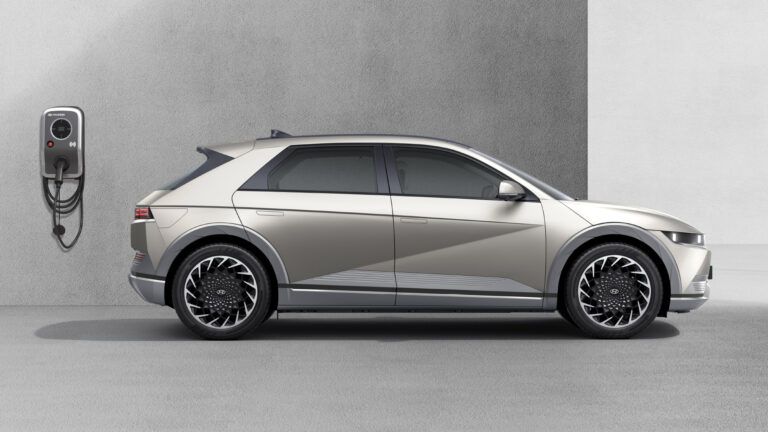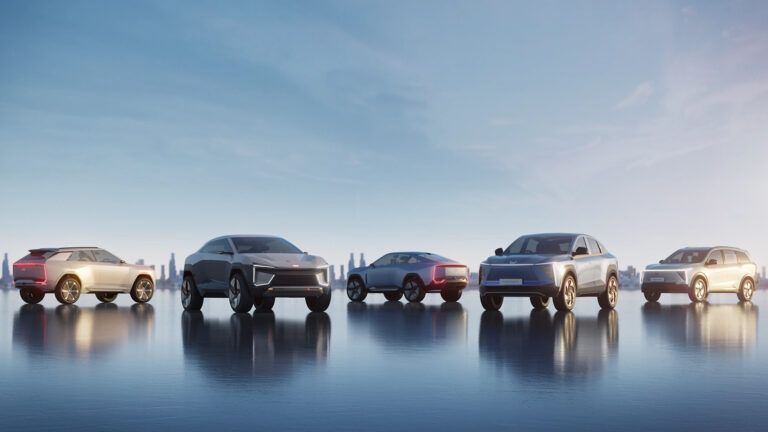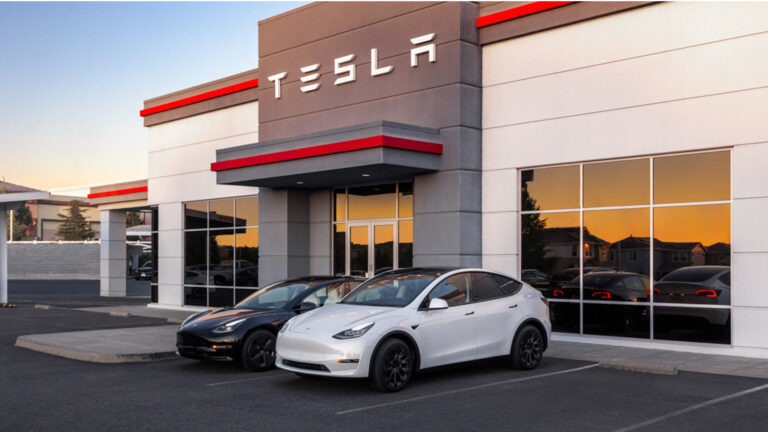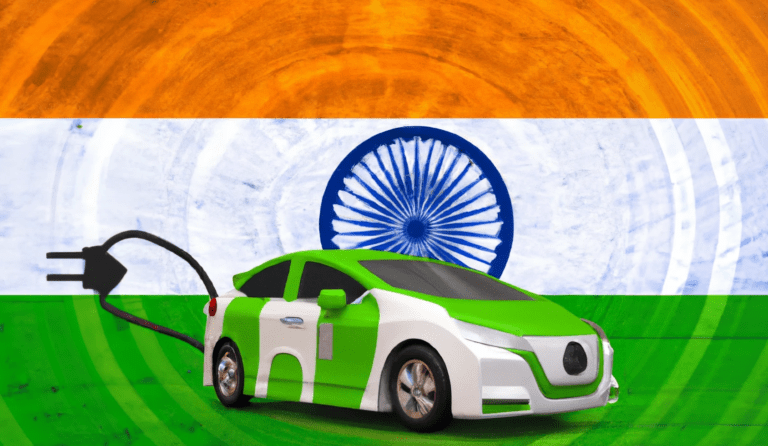Recent research analysis suggests that electric vehicles (EVs) could see a reduced price in coming years due to reduced production expenses, better manufacturing methods, and declining battery prices.
According to research from Gartner, the US-based market research firm, battery electric vehicles (BEV) will become cheaper to manufacture than internal combustion engine (ICE) vehicles of the same size within three years (by 2027).
Even Nitin Gadkari, Minister of Road Transport and Highways of India, shares Gartner’s projection of EVs costing the same or less than their ICE counterparts. However, he predicts this to happen within one and a half years.
According to him, EVs have seen increased demand, but the price difference between EVs and petrol-diesel variants remains a key to widespread adoption.
Production of Next-gen EVs
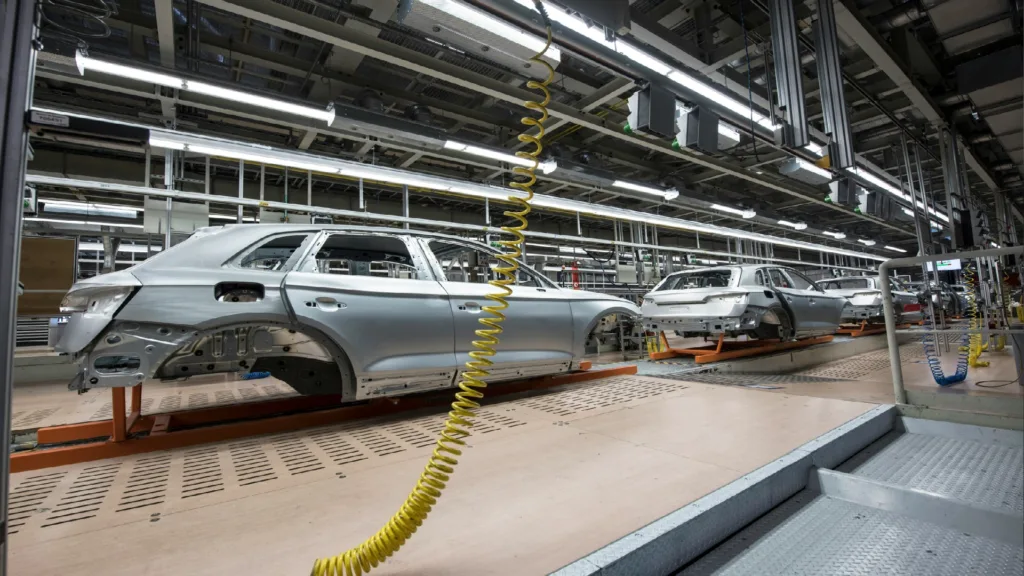
Next-gen EVs will have cheaper production costs thanks to innovative manufacturing techniques such as gigacasting that build the vehicle floor pan in only two parts instead of 171 different ones.
Tesla became a prime example when it adopted this technique, substantially reducing the time and cost of production.
Automakers like Mercedes-Benz and Geely-owned Volvo Group are integrating gigacasting into their production processes. Moreover, Toyota is taking a step further by setting up production lines that eliminate conveyor belts, allowing cars to move autonomously along the assembly lines.
Gartner said that these manufacturing improvements will drive down production costs for EVs much faster than initially expected.
Moreover, battery prices, accounting for around 40% of the EV’s cost, are declining and expected to decrease by nearly half by the year’s end.
CATL and BYD, prominent Chinese battery manufacturers with a combined market share of nearly two-thirds, look to decrease the price of lithium-ion units significantly, which could bring down the production cost of EVs.
Cheaper EVs with Higher Repair Costs
While new manufacturing techniques for EVs may lead to lower retail prices, repair expenses could see an increase of 30%.
In the event of car accidents, gigacasted floor pans may require complete replacement. Stretching the chassis cannot restore gigacasted car floor pans to their original shape, unlike traditional welded counterparts.
Moreover, batteries can cause repair headaches, as damage or malfunction in a single cell may require the costly replacement of the entire battery.
According to the report, rapidly lowering BEV production costs should not result in higher repair costs, as it may lead to negative consumer responses in the long run.
Additionally, research suggests that EV makers should implement new methods for BEV production while ensuring low repair costs.
EVs Growth Ahead
Gartner projects that EVs will continue to gain market share in 2024, with shipments projected to reach 18.4 million units, followed by an increase to 20.6 million units in 2025.
Though interestingly, according to Gartner’s projections, 15% of electric vehicle (EV) companies established in the past decade will face acquisition or bankruptcy by 2027.
Pedro Pacheco, vice president of research at Gartner, said “This does not mean the EV sector is crumbling. It is simply entering a new phase where companies with the best products and services will win over the remaining.”
However, it is important to note that the financial crisis is hindering the growth of many EV manufacturers, even the prominent ones, including Polestar, Rivian, Fisker, and Nio.

